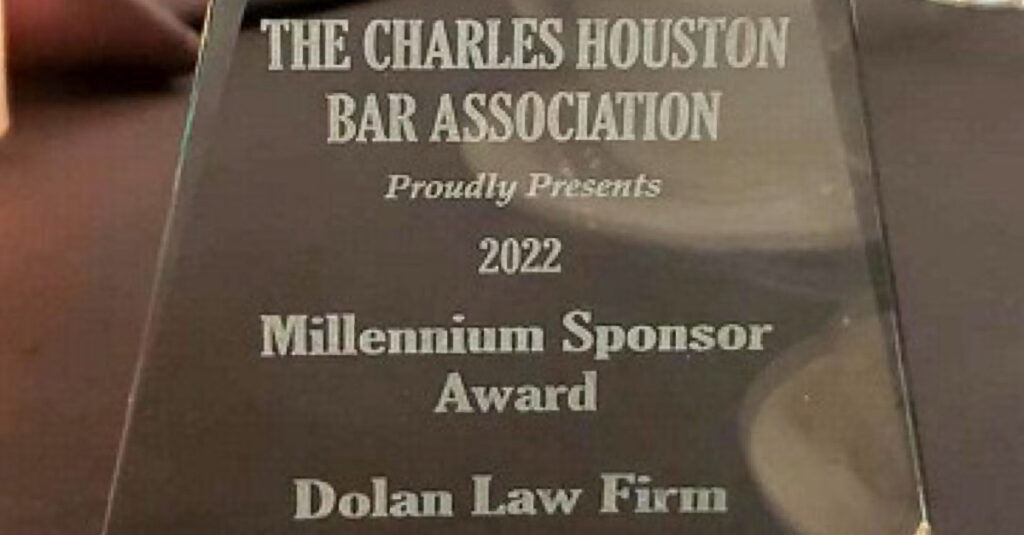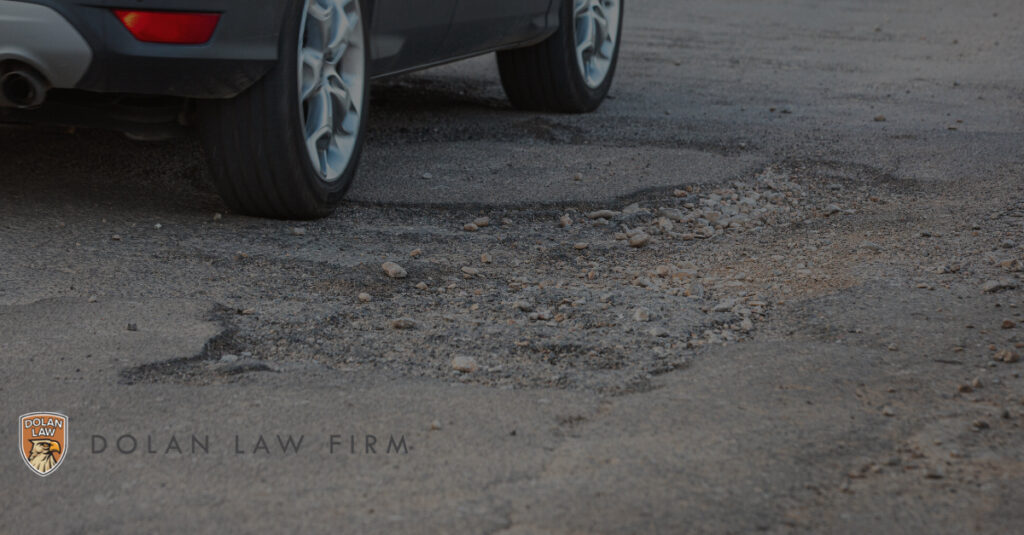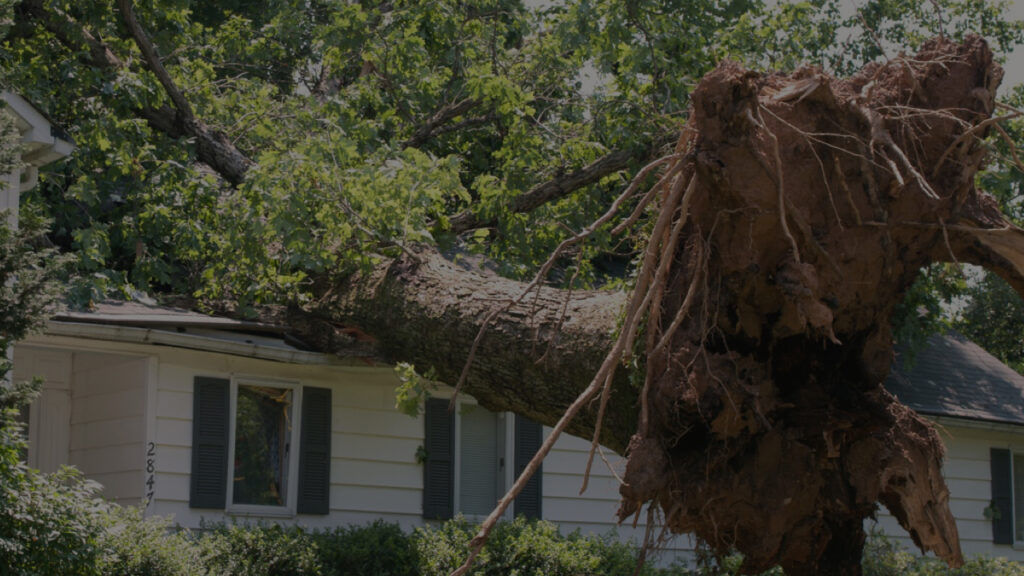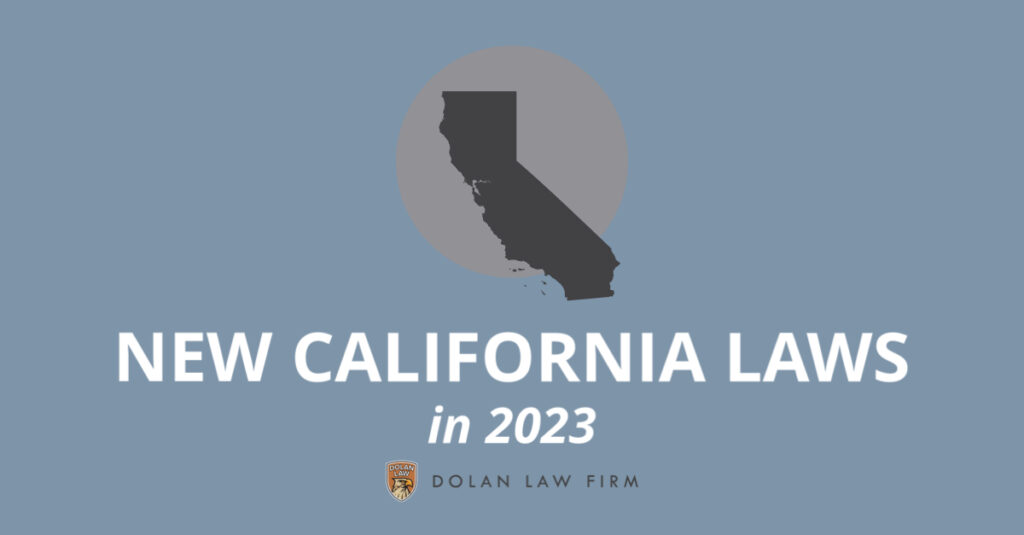Honoring Annie Virginia Stephens Coker and Martha Malone Louis
As we culminate Black History Month, we would like to honor two trailblazing black female attorneys that contributed to the history of the legal practice in the State of California: Annie Virginia Stephens Coker (1903-1986) Annie Virginia Stephens Coker was born in Oakland, California. She attended public schools in Oakland. She received her bachelor’s degree …
Honoring Annie Virginia Stephens Coker and Martha Malone Louis Read More »





